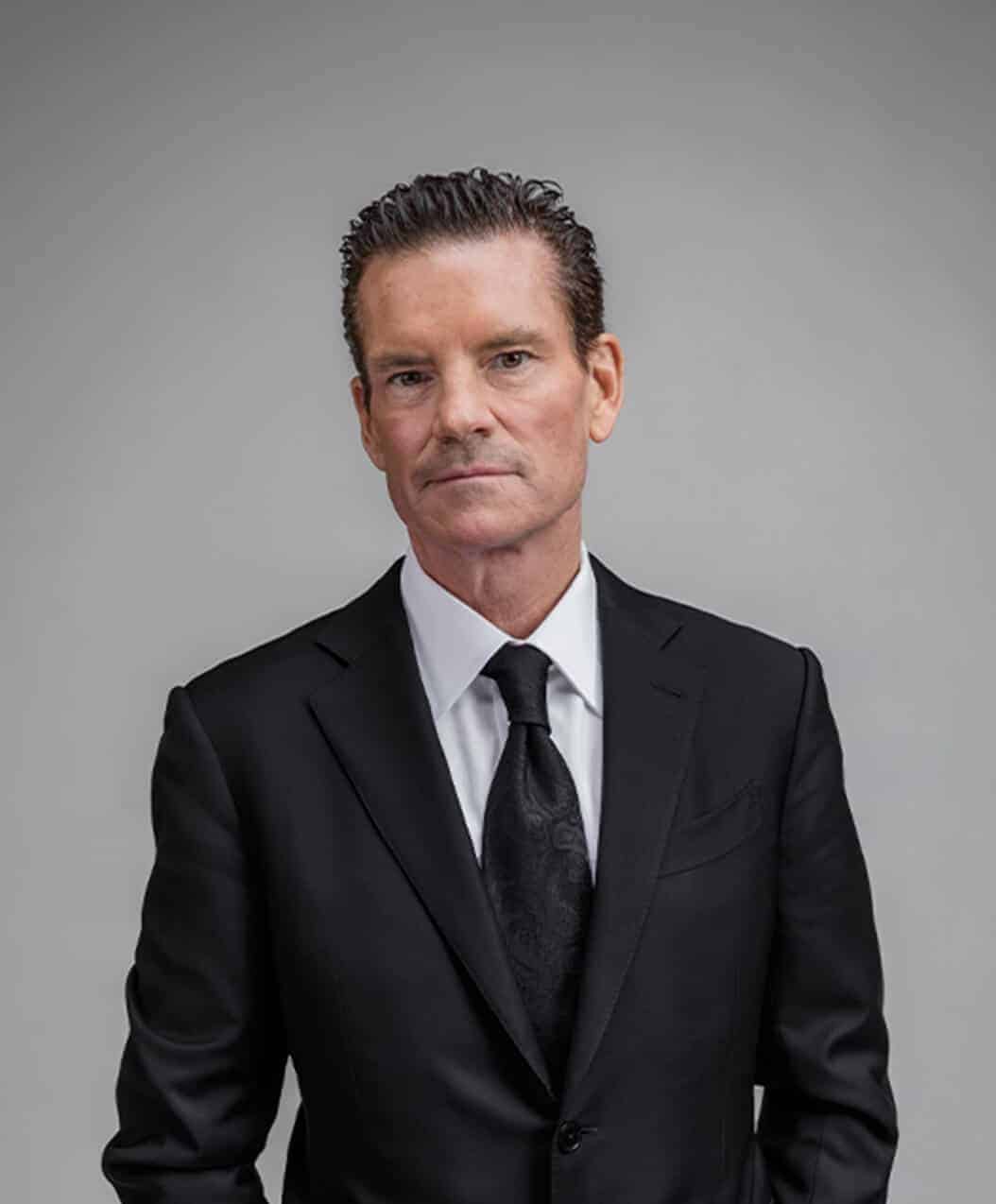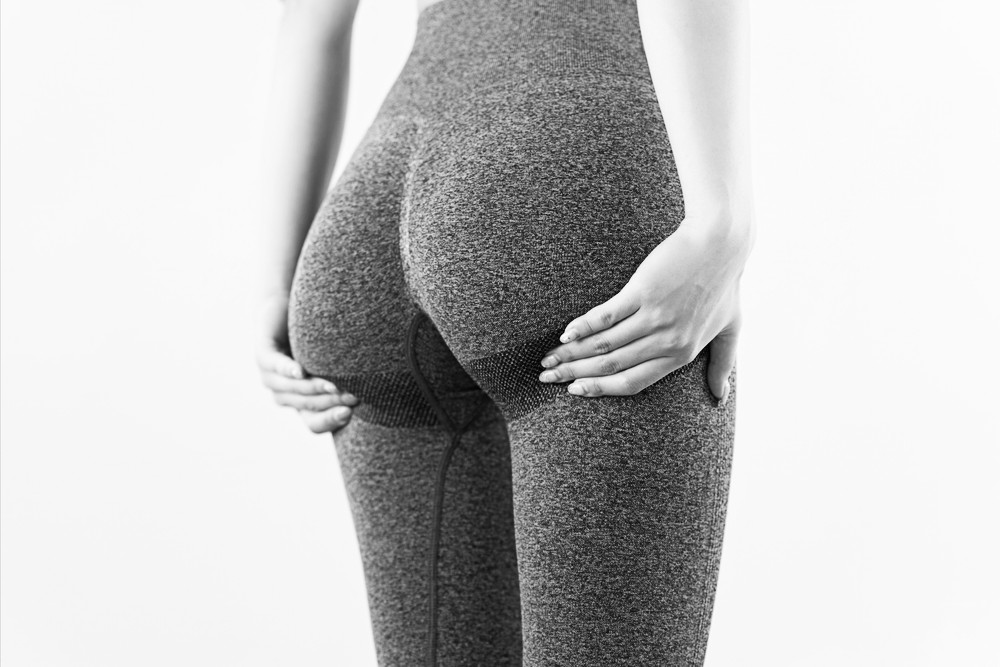October 21st, 2024
Dr. Mulholland, Md
Rhinoplasty is a very delicate, intricate type of facial cosmetic surgery that involves altering the appearance (and sometimes function) of the nose. While it is important to treat your rhinoplasty with care during your recovery period, it is also possible to clean your nose following your surgery. In fact, maintaining good facial and nasal hygiene is key to a successful and complication-free recovery.
General Facts You Should Know
While keeping your face and nose clean following your rhinoplasty procedure are important, it’s also essential that you treat your nose with care. When washing your face and nose with water, you should avoid applying any pressure to your face and nose, and do not insert your fingers into your nostrils to clear any obstructions, as this can cause damage to your nose’s delicate tissue and compromise your healing process. Instead, using a saline rinse is a safe, gentle, and effective way to clear your nasal passages and ensure you are able to breathe comfortably.
How to Clean the Nose After Rhinoplasty
While it is important to clean your nose after your rhinoplasty, there are special steps and methods you should use to ensure you don’t damage or compromise your rhinoplasty results, or increase swelling or discomfort.
Use Q-Tip & Hydrogen Peroxide
Using a Q-Tip and hydrogen peroxide is a safe, effective way to clean and disinfect your nose and rhinoplasty incisions, but should only be done after any packing has been removed from your nose and face.
To use this method, put a small amount of hydrogen peroxide on a clean cotton swab, and use this to moisten the end of a Q-Tip. Next, gently insert the Q-Tip into your nostril to remove any dried blood or other debris. It’s important not to apply pressure or force any obstructions in your nose free with the Q-Tip; more substantial obstructions can be gently and safely removed using a saline rinse.
Remove Blockages
Blockages and obstructions will likely occur following your rhinoplasty surgery. However, you should take extreme care to remove these blockages safely and gently using one of the following methods.
Use a Wet Towel
In some cases, the mucus that naturally occurs in the nose can form a dry crust around the nostrils. To remove this, wet a clean towel with warm water, and gently pat the area around the nose where the crust has occurred. Do not roughly wipe or scrape at the nose, as this can increase swelling and irritation and compromise your recovery. You should be able to resume washing your face regularly a few days after your surgery, but be sure to consult your surgeon before you do.
Rinse With Saline Solution
If you become congested or feel the presence of an obstruction inside your nose, it’s important to take considerable care when relieving or removing it. Do not insert your finger in your nose or use an object — such as a Q-Tip — to remove or dislodge any obstructions, as this can cause injury and delay your healing.
After 24 hours, your surgeon will recommend that you begin using a saline solution of water and salt to irrigate your nasal passages, which will remove any obstructions while helping to reduce the risk of infection. To prepare a saline spray, dissolve one teaspoon of salt in a cup of clean water, and let the solution cool. You can purchase devices to administer the solution at most drug stores. To administer the saline solution, pour the solution into the device (this often resembles a very large eye-dropper), tilt your head sideways, and pour the saline solution into the nostril that’s facing up. The solution will pass through the nasal passages and exit through the opposite side. Repeat on both sides.
Recovery Time Frame After Rhinoplasty?
While all patients will experience a different recovery timeline, generally, rhinoplasty recovery is as follows:
- Day 1: Swelling, bruising, and tenderness will occur around the nose and other parts of the face. Apply a cool compress to relieve these symptoms.
- Day 2-3: During this time, discomfort is usually at its peak. Your surgeon will recommend or prescribe painkillers or other pain medication. There are no restrictions on movement, but rest is recommended.
- Day 5: Some nasal congestion may still occur, however, you will likely be able to resume most of your normal activities at this time. Some swelling and bruising may persist.
- Day 7: Your recovery is largely complete.
How to Choose the Best Rhinoplasty Surgeon?
Toronto Plastic Surgeons has performed thousands of rhinoplasty surgeries throughout his 25+ year of practicing. Notably, he took the time to train in cosmetic blepharoplasty, Asian blepharoplasty, and facial surgery with famed Hawaiian plastic Surgeon Dr. Bob Flowers. Toronto Plastic Surgeons has worked alongside Dr. Mulholland, TPS’s former Lead Surgeon and one of Canada’s top cosmetic surgeons, and is dedicated to helping you achieve individualized, optimal results. Contact the clinic to book your consultation today.



